5 Applications of Alloy 602CA
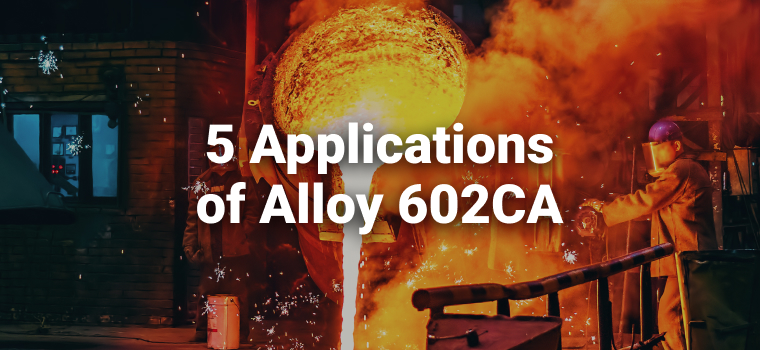
In environments that demand exceptional heat resistance, Alloy 602CA stands out as one of the most advanced materials available. With its ability to resist oxidation, carburisation, sulphidation, and creep up to 1232°C, it is used in mission-critical components across multiple high-performance industries.
Below, we explore five detailed applications of Alloy 602CA, providing technical reasoning behind its selection and real-world deployment.
1. Radiant Tubes in Continuous and Batch Furnaces
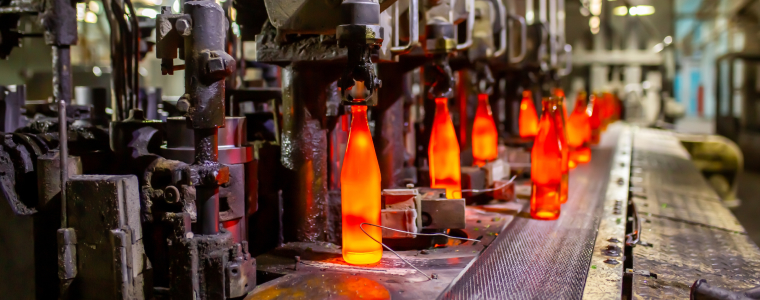
Radiant tubes serve as indirect heating elements in furnaces used for processes such as carburising, nitriding, annealing, and hardening. These tubes are subjected to intense radiant heat, thermal cycling, and reactive atmospheres.
Why Alloy 602CA is Preferred:
- Its high chromium (24–26%) and aluminium (1.8–2.4%) content forms a durable Al₂O₃-rich oxide layer that protects against surface degradation.
- Yttrium additions promote oxide scale adhesion, preventing spalling during thermal cycling.
- Exceptional creep strength means the tubes maintain mechanical integrity under internal pressure and bending loads at elevated temperatures.
Real-world Impact:
Plants using 602CA for radiant tubes report longer lifecycles, reduced failure rates, and greater thermal uniformity, particularly in high-throughput heat treatment operations.
2. Furnace Retorts and Muffles in Carburising and Reducing Atmospheres
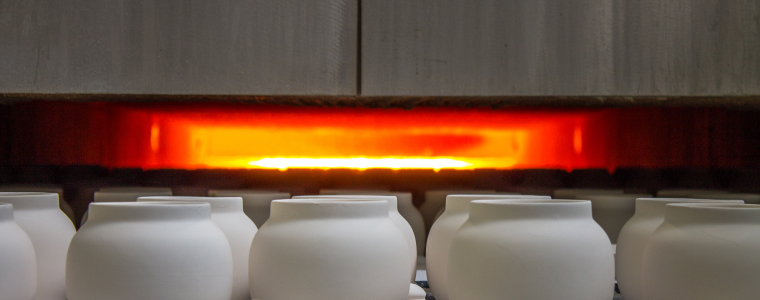
Retorts and muffles are enclosure components that isolate the work environment from furnace walls. They face high heat and aggressive carbon-based atmospheres, especially in processes involving hydrocarbon gas mixtures (CH₄, CO).
Alloy 602CA Benefits:
- Its resistance to internal carburisation far exceeds that of Alloy 601, 800H, or even Inconel 625.
- Prevents grain boundary embrittlement, a common issue when carbon diffuses into weaker alloys.
- Maintains ductility after extended exposure, reducing risk of thermal shock fracture.
Typical Use Cases:
- Retorts in vacuum carburising systems
- Brazing muffles in continuous belt furnaces
- Annealing tubes with endogas environments
The ability to withstand both internal carburisation and surface oxidation makes 602CA a dual-purpose defence in complex furnace environments.
3. Superheater Tube Hangers and Supports in Steam Boilers
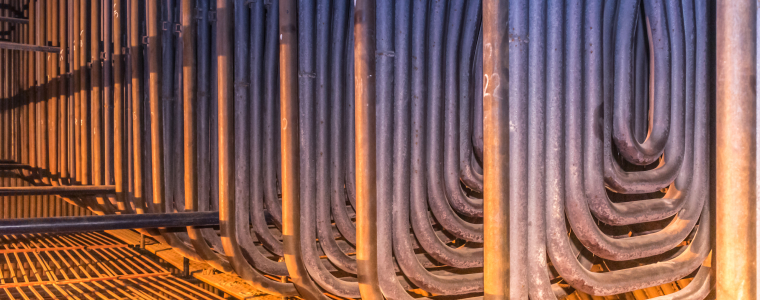
In power generation and petrochemical industries, components like superheater tube hangers and structural brackets are required to carry loads at high temperatures over long durations. Here, creep rupture strength becomes critical.
What Sets Alloy 602CA Apart:
- Exhibits superior creep resistance over alloys such as 601, 625, and HR-160 - maintaining structural load at above 1100°C.
- Prevents elongation, distortion, and stress rupture in welded and bolted support structures.
- Compatible with nickel-based filler metals for weld repair or custom fabrication.
Real Benefit:
In waste-to-energy plants and biomass boilers, 602CA is used to support tube bundles and ducting, enabling extended maintenance intervals and minimising unplanned outages.
4. Vitrification Liners and Incineration Chambers for Nuclear Waste

High-level radioactive waste is often stabilised by vitrification, a process that embeds waste in molten glass at temperatures of 1000–1200°C. The equipment must handle thermal cycling, corrosive gases, and chemical attack from volatile metals and acids.
Why 602CA Excels Here:
- Stable in both oxidising and sulphidising environments due to dense alumina-based oxide scales.
- High resistance to corrosion from chlorides, fluorides, and metal oxides in incinerator off-gases.
- Dimensional stability under stress, allowing precise sealing and containment.
Industry Use:
Alloy 602CA has been adopted in nuclear incinerators, melter liners, and chimney ducting in facilities requiring the utmost material durability and compliance with environmental regulations.
5. Sintering Trays, Grids and Fixtures in Metallurgical Furnaces
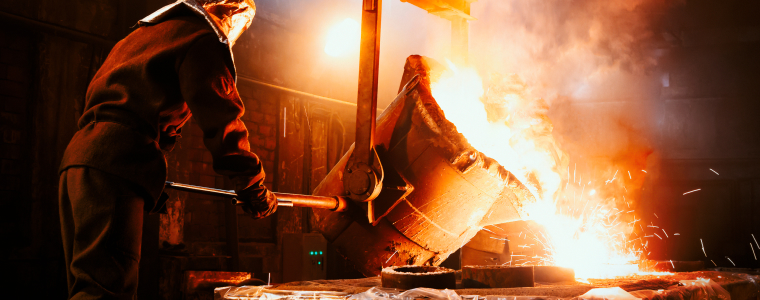
In sintering, powdered metals are consolidated under heat to create dense solids. Alloy 602CA is widely used for load-bearing hardware due to its ability to withstand prolonged exposure at 1100–1200°C, especially in vacuum or inert gas furnaces.
Key Advantages:
- Maintains mechanical strength with minimal sagging or creep over multiple heating cycles.
- Resistant to embrittlement and warping — even with thin cross sections or open grid designs.
- Suitable for precision fixtures used in additive manufacturing post-processing (e.g. binder jet sintering).
Common Applications:
- Roller hearth furnace components
- Base trays for multi-layer sintering
- Mesh baskets and custom jigs for thermal profiles
Using 602CA results in less deformation, fewer reworks, and lower tooling replacement costs.
Summary: A Versatile Solution for High-Stress Environments
Alloy 602CA has proven itself in the most punishing thermal environments, from industrial furnaces to nuclear containment. Its combination of thermal strength, carburisation resistance, and oxidation resilience makes it indispensable for engineers and OEMs designing for longevity, reliability, and compliance.
If your application demands a material that performs at the extreme edge of heat and chemical exposure, Alloy 602CA is the trusted choice.
Need Technical Advice or a Quote?
NeoNickel stocks Alloy 602CA in a wide range of forms, including sheet, plate, round bar, and wire, backed by expert technical guidance and quick delivery.
Explore the Alloy 602CA product page → Get in touch with our technical team →
